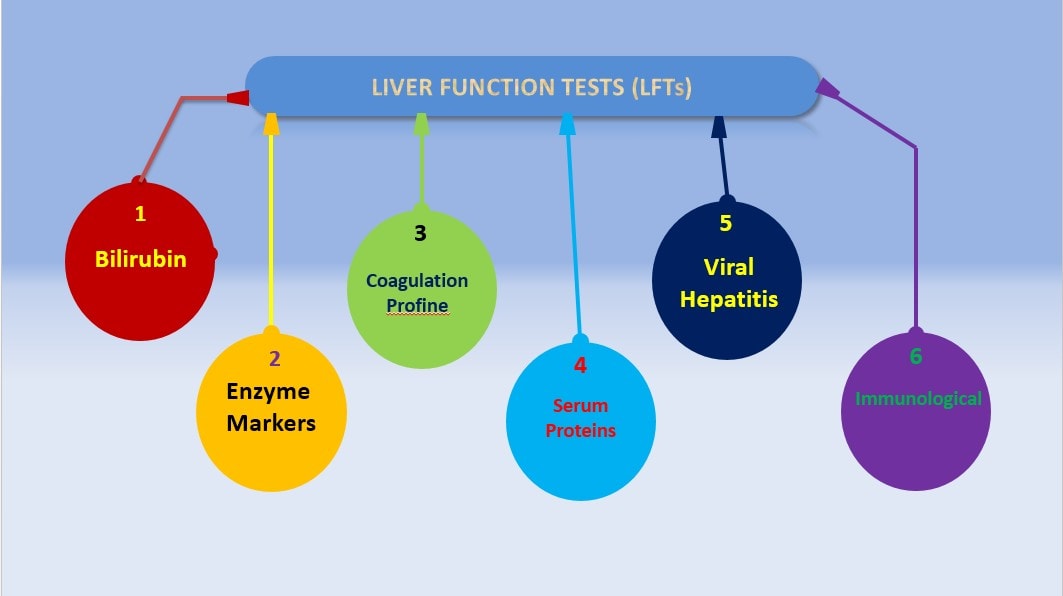
Linearity was established within 1-100 ng/ml bias was within ± 20% and imprecision was less than 20% limits of detection (LOD) and quantitation (LOQ) were 1 ng/mL and extraction efficiency ranged from 51.3 to 58.2%. This method was fully validated following the Scientific Working Group for Forensic Toxicology (SWGTOX) standard practices for method validation in forensic toxicology. The purpose of this study was to perform a cross-validation for the quantitative analysis of cannabinoids (Δ9-tetrahydrocannabinol, cannabidiol, cannabinol, 11-hydroxy-Δ9-tetrahydrocannabinol, and 11-nor-9-carboxy-Δ9-tetrahydrocannabinol) in serum by gas chromatography coupled to triple quadrupole tandem mass spectrometry (GCTQ). The expanded use of recreational and medicinal cannabis products increases the importance of implementing sensitive and selective instrumental methods in toxicological laboratories, as legal implications may arise in forensic cases, such as driving under the influence of drugs (DUID).


Due to recent changes in federal and state legislations, the availability and consumption of cannabis products have increased in the United States.


 0 kommentar(er)
0 kommentar(er)
